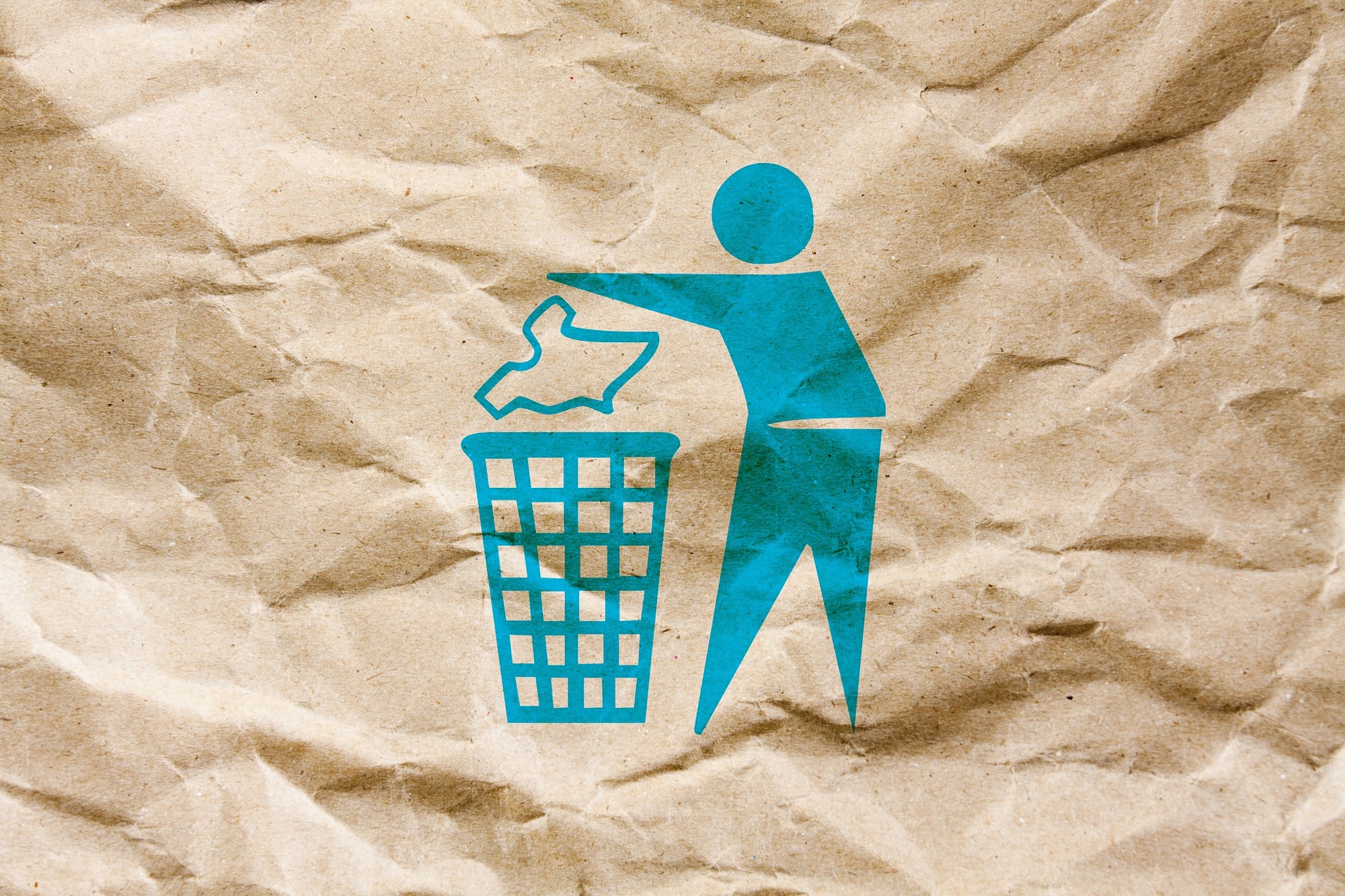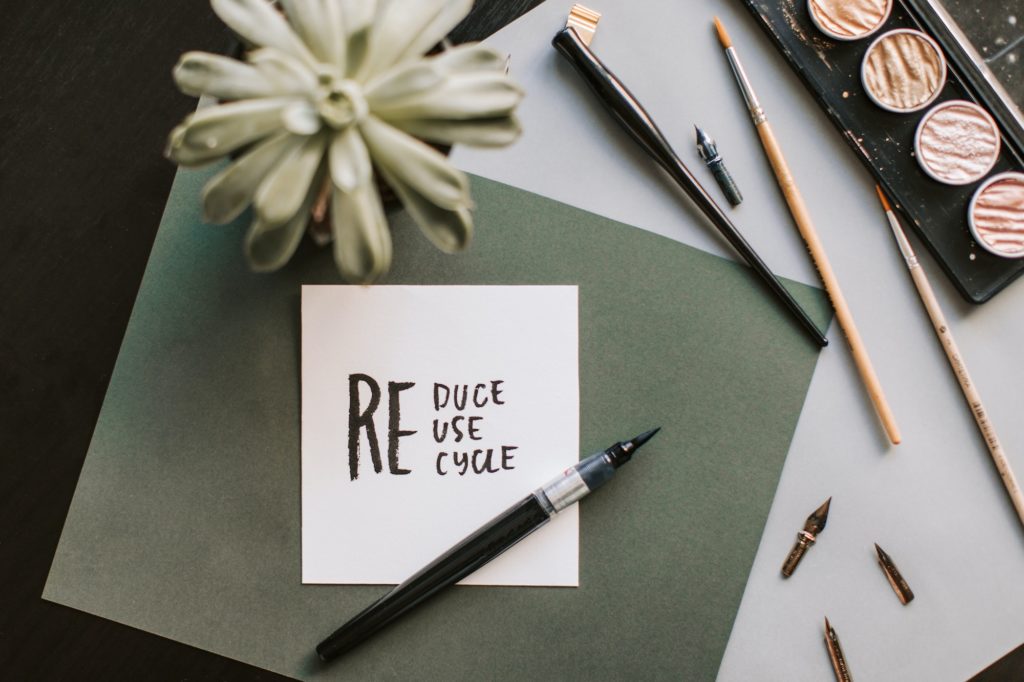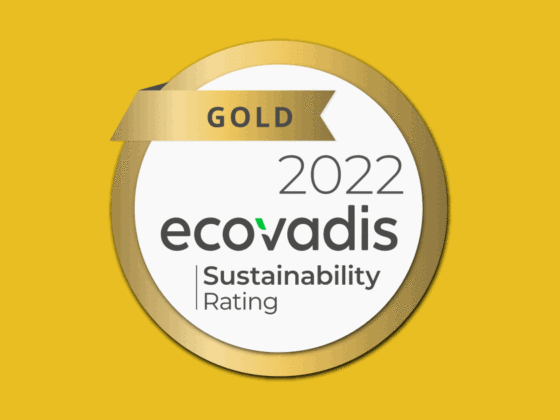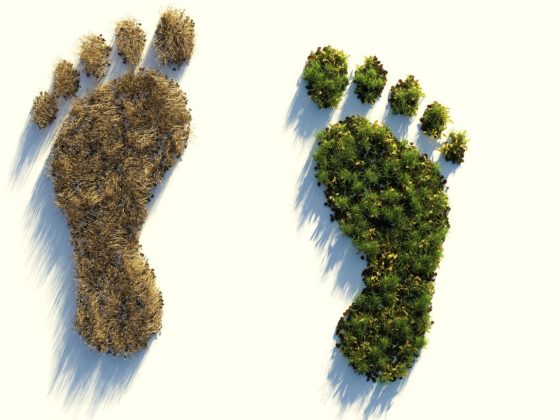ALTAVIA BALTICS and ALTAVIA NORDICS are marketing agencies providing solutions for printed and other marketing materials used by our clients in their marketing activities. At the same time we are a part of the society where the world around is a priority and we are responsible for what is happening on our planet.
The goal of this article is to inspire our clients, suppliers and followers to consider better, greener, more planet-friendly options in production of marketing materials. Despite the constantly broadened range of digital solutions, it is still not possible to cover all the needs. Let’s talk about some eco-friendly steps companies can make to deploy greener and thus more planet-friendly marketing strategies.
The most common and probably the easiest way to make marketing materials more eco-friendly is to pay attention to the choice of source materials, especially paper. There are few points to think about:
- The impact on the planet can be reduced simply by choosing paper from another supplier. There are several types of paper with similar characteristics, but a choice of the lower grammage will have less impact on our planet. Yet, please note that it is necessary to check if other technical characteristics of this alternative solution match the purpose of products produced.
- FSC and PEFC certifications indicate that marked paper was produced using wood from certified and sustainable forests via certified supply chains. It is possible to use 100% or partly recycled papers. Take a look on the certification sign, where it is indicated. For example, FSC 100%, FSC Mix etc.
- It is also possible to use paper produced from the recycled materials. You can start with the paper that is marked with the PCW sign. It means that post-consumer-waste fiber was used in this production. There are numerous suppliers offering papers with a minimum of 30% PCW and up till 100% PCW.
- The step further towards greener solutions was made by producers who offer printing materials produced from grass talks and straws, leaves, plastic waste and more.

Another step towards greener marketing materials is to consider if non-paper materials used in your marketing activities can be replaced with eco-friendly alternatives. Products made using single-use materials with a high probability will end up in nature and eventually in oceans harming our planet. In contrast, products made of renewable, multi-use materials can be recycled and reused for years. There are some points that you can think about already today:
- Plastic is widely used in production because of its indestructibility even despite the global damage its usage has on our planet. Today more and more attention is brought to find ways to reduce this impact. Every small step in this battle matters. If you can’t reduce the use of plastics, make sure you reuse it and at the end of reuse make sure you recycle it. In addition, you can consider, how many plastic types are used in a single product and whether it is possible to separate them afterwards?
- Nowadays there are numerous recyclable alternatives to the single-use materials. You can always start with using PET, PPL or Forex materials. Another option is to use, for example, products from natural materials like wood etc. Perhaps you are already using them. If so, please note that recyclable non-paper materials can be 100% or partly recyclable.
- There are several sustainable alternatives to plastic available on the market already today. For example, there are bio-based, recyclable and reusable next generation packaging materials made of renewable raw-materials that are eco-friendly and can be repeatedly reused.
- Decreased use of batteries, electronics and magnets that are contributing to environmental pollution is another solution for eco-friendly marketing strategy. As an alternative LED products can be used since they are made of non-toxic materials and thus save the Earth. When talking about LED products in lighting, it is worth to mention durability and energy-efficiency as valuable characteristics to cut related electricity costs and number of replacements.

There are also other non-material related aspects to consider for the company wanting to reduce the impact their marketing strategy might have on the environment.
- It’s possible to collect your campaign and packaging materials afterwards and reuse them into promotional campaign with an eco-friendly story or to recycle them properly;
- Even the type of ink and coating used has an impact on the environment. The finishing process can involve adhesives, foils and petroleum-based inks that prevent the printing from being recycled in the future. In contrast vegetable-based ink and coatings, eco-lamination and UV printing are considered greener solutions, because they are gentle on the environment while producing bright, high-quality images.
We at ALTAVIA BALTICS and ALTAVIA NORDICS encourage you to not be afraid to use recycled materials and eco-friendly solutions. If you are not familiar with them, let us know and we will help to choose the best matching solutions for your marketing needs. We will help you with that by offering suppliers who use certified papers and materials and offer a variety of environmentally-friendly solutions. Some companies might be afraid that this will add additional costs to the marketing activities. Even if in rare cases this will add some extra cents into the marketing budget, the impact on the planet in the long run will be priceless. Besides, you can always inform your customers that you are doing it. In this case you will rest easy knowing that your marketing materials are produced with care about the environment and your customers will know about values you share and undoubtedly greatly appreciate that your choice was to save our planet.





